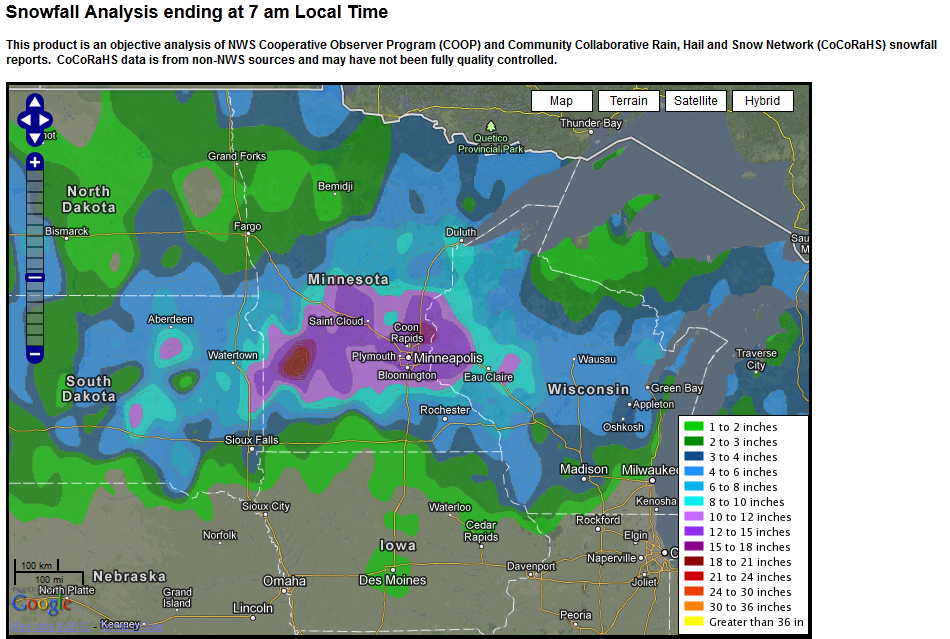Minneapolis average snowfall is a significant topic for residents and visitors alike, especially during the winter months. This article will explore the intricacies of snowfall in Minneapolis, its historical trends, and what to expect during the snowy season. Understanding the average snowfall can help individuals prepare better for winter activities, travel plans, and overall living conditions in this vibrant city.
In this article, we will provide a detailed analysis of Minneapolis average snowfall, including historical data, seasonal patterns, and tips for dealing with winter weather. By the end of this guide, both residents and those planning to visit will gain valuable insights into navigating the snowy months effectively.
Table of Contents
- 1. Historical Overview of Snowfall in Minneapolis
- 2. Monthly Breakdown of Average Snowfall
- 3. Factors Affecting Snowfall in Minneapolis
- 4. Impact of Snowfall on Daily Life
- 5. Preparing for Winter: Tips for Residents
- 6. Fun Winter Activities in Minneapolis
- 7. Comparisons with Other Snowy Cities
- 8. Conclusion
1. Historical Overview of Snowfall in Minneapolis
Minneapolis has a rich history when it comes to snowfall. On average, the city receives approximately 54 inches of snow per year, making it one of the snowiest cities in the United States. Historical records show that the average snowfall has varied over the years, influenced by climate patterns and geographical factors.
According to the National Oceanic and Atmospheric Administration (NOAA), the highest recorded snowfall in Minneapolis occurred during the winter of 1991-1992, when the city received a staggering 68.4 inches of snow. This historical data highlights the variability of snowfall in the region and the importance of being prepared for extreme weather conditions.
2. Monthly Breakdown of Average Snowfall
Understanding the monthly snowfall patterns can help residents and visitors plan accordingly. Below is a breakdown of the average snowfall in Minneapolis by month:
| Month | Average Snowfall (inches) |
|---|---|
| November | 6.4 |
| December | 10.5 |
| January | 11.9 |
| February | 8.7 |
| March | 6.5 |
| April | 1.3 |
The data indicates that the winter months of December and January typically receive the highest snowfall, while April marks the end of the snow season with a minimal amount.
3. Factors Affecting Snowfall in Minneapolis
Several factors contribute to the snowfall patterns in Minneapolis, including:
- Geographical Location: Minneapolis is located near the Great Lakes, which can influence weather patterns and contribute to increased snowfall.
- Climate Change: Shifts in climate patterns due to global warming may lead to variations in snowfall amounts from year to year.
- Weather Fronts: The interaction of cold air from Canada with warm, moist air can create significant snowfall events.
4. Impact of Snowfall on Daily Life
Snowfall has a considerable impact on the daily lives of Minneapolis residents. From transportation disruptions to school closures, heavy snowfall can affect various aspects of life:
- Transportation: Snowy roads can lead to hazardous driving conditions, affecting commutes and travel plans.
- School Closures: Schools may close during heavy snowfall for safety reasons, impacting parents and students alike.
- Outdoor Activities: While snowfall can be disruptive, it also opens opportunities for winter sports and recreational activities.
5. Preparing for Winter: Tips for Residents
Preparation is key to navigating the snowy months in Minneapolis. Here are some essential tips for residents:
- Dress Appropriately: Invest in waterproof and insulated clothing to stay warm and dry.
- Vehicle Maintenance: Ensure your vehicle is equipped for winter driving with snow tires and emergency supplies.
- Home Readiness: Keep walkways clear of snow and ice to prevent accidents and ensure easy access to your home.
6. Fun Winter Activities in Minneapolis
Despite the challenges posed by snowfall, Minneapolis offers a variety of fun winter activities. Some popular options include:
- Skiing and Snowboarding: Many local parks and ski resorts provide excellent slopes for winter sports enthusiasts.
- Ice Skating: Outdoor rinks, such as the famous Wells Fargo WinterSkate, offer a magical skating experience.
- Winter Festivals: Events like the Saint Paul Winter Carnival celebrate the beauty of winter with parades, ice sculptures, and more.
7. Comparisons with Other Snowy Cities
Minneapolis is not the only city known for its heavy snowfall. Cities like Buffalo, New York, and Rochester, New York, also experience significant snowfall. However, Minneapolis stands out due to its unique blend of urban culture and winter sports opportunities. Understanding these comparisons can provide a broader perspective on how different cities handle snowy conditions.
8. Conclusion
In summary, Minneapolis average snowfall plays a crucial role in shaping the experiences of those who live in or visit the city. With an average of 54 inches of snow annually, it’s essential for residents to be informed and prepared for the winter weather. Whether you’re participating in winter sports or simply navigating the snowy streets, understanding snowfall patterns can enhance your winter experience in Minneapolis.
We encourage you to share your thoughts in the comments below, and feel free to explore other articles on our site for more valuable insights. Stay warm and enjoy the beauty of winter!
Thank you for reading! We look forward to welcoming you back for more informative articles.
Moin Khan: The Iconic Pakistani Cricketer And His Journey
Discovering The Best Beaconsfield Restaurants: A Culinary Journey
Discovering Barwaaqo Cafe: A Culinary Oasis In The Heart Of The City

